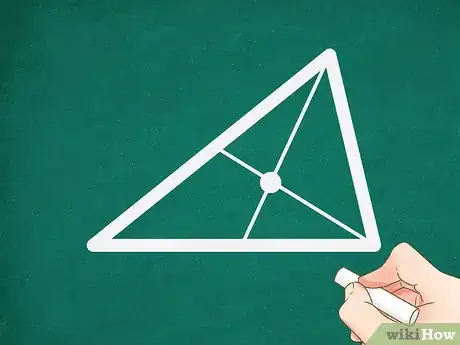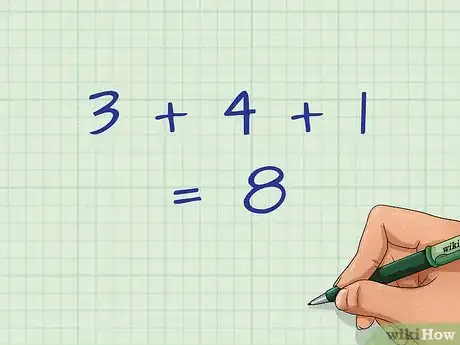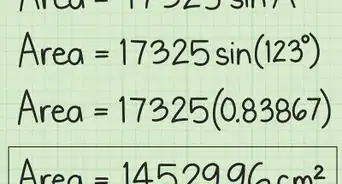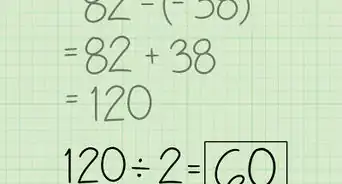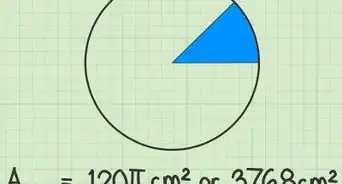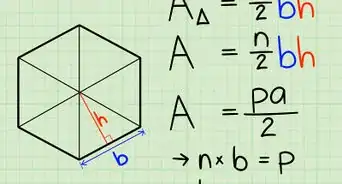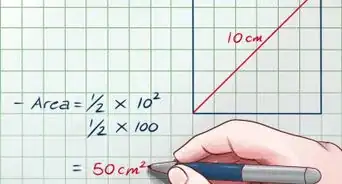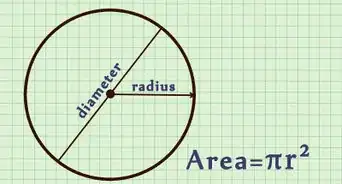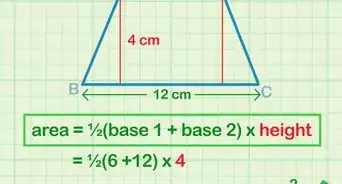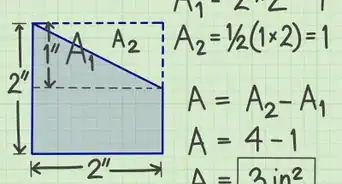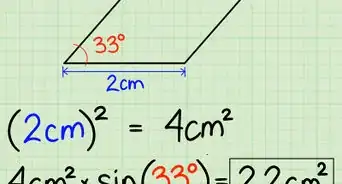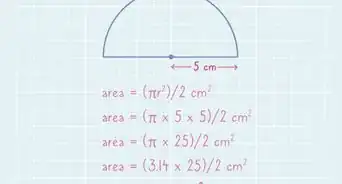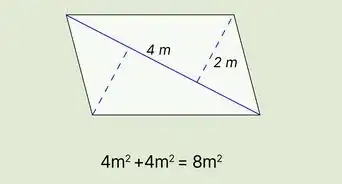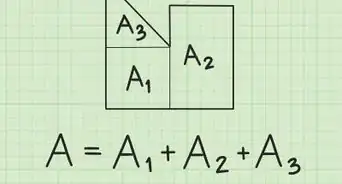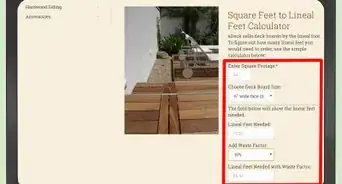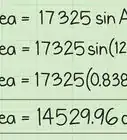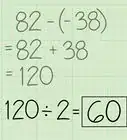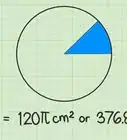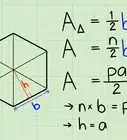This article was co-authored by wikiHow Staff. Our trained team of editors and researchers validate articles for accuracy and comprehensiveness. wikiHow's Content Management Team carefully monitors the work from our editorial staff to ensure that each article is backed by trusted research and meets our high quality standards.
This article has been viewed 271,303 times.
Learn more...
The center of gravity, or centroid, is the point at which a triangle's mass will balance. To help visualize this, imagine you have a triangular tile suspended over the tip of a pencil. The tile will balance if the pencil tip is placed at its center of gravity. Finding the centroid might be necessary in various design and engineering applications, and can be found by using simple geometry.
Steps
Using Intersecting Medians
-
1Find the midpoint of one side of the triangle. To find the midpoint, measure the side, and divide the length in half. Label the midpoint A.
- For example, if one side of the triangle is 10 cm long, the midpoint will be at 5 cm, since .
-
2Find the midpoint of a second side of the triangle. Measure the length of the side, and divide the length in half. Label the midpoint B.[1]
- For example, if the side of the triangle is 12 cm long, the midpoint will be at 6 cm, since .
Advertisement -
3Draw a line from the midpoint of each side to its opposite vertex. These two lines are the median of each side.[2]
- A vertex is the point at which two sides of a triangle meet.
-
4Draw a point where the two medians intersect. This point is the triangle's center of gravity, also called the centroid, or center of mass.[3]
- The center of gravity is where the three medians intersect, but since the medians only intersect in one point, you can use a shortcut and find the center of gravity by only finding the intersection of two medians.
Using the 2:1 Ratio
-
1Draw a median of your triangle. Remember, the median is a line drawn from the midpoint of a side to the opposite vertex. You can use any median in the triangle.
-
2Measure the length of the median. Make sure the measurement is exact.
- For example, you might have a median that is 3.6 cm long.
-
3Divide the length of the median into thirds. To do this, divide the length by three. Again, make an exact calculation. If you round, you will not find the center of gravity.
- For example, if your median is 3.6 cm long, you would divide 3.6 by 3:
, so ⅓ of the median is 1.2 cm.
- For example, if your median is 3.6 cm long, you would divide 3.6 by 3:
-
4Mark a point on the median ⅓ from the midpoint. This point is the triangle's centroid, which will always divide a median into a 2:1 ratio; that is, the centroid is ⅓ the median's distance from the midpoint, and ⅔ the median's distance from the vertex.[4]
- For example, on a median that is 3.6 cm long, the centroid will be 1.2 cm up from the midpoint.
Using Averaged Coordinates
-
1Determine the coordinates of the three vertices of the triangle. This method only works if you are working with a coordinate plane. The coordinates may already be given, or you may have a triangle drawn on a graph without the coordinates labeled. Remember that coordinates should be listed .[5]
- For example, you might be given triangle PQR, and you need to find and label point P (3, 5), point Q (4, 1), and R (1, 0).
-
2Add the value of the x-coordinates. Remember to add all three coordinates. You will not calculate the correct center of gravity if you only use two coordinates.[6]
- For example, if your three x-coordinates are 3, 4, and 1, add these three values together: .
-
3Add the value of the y-coordinates. Remember to add all three coordinates.[7]
- For example, if your three y-coordinates are 5, 1, and 0, add these three values together: .
-
4Find the average of the x- and y-coordinates. These coordinates will correspond to the triangle's center of gravity, also known as the centroid or center of mass.[8] To find the average, divide the sum of the coordinates by 3.
- For example, if the sum of your x-coordinates is 8, the average x-coordinate is . If the sum of your y-coordinates is 6, the average y-coordinate is , or .
-
5Plot the center of gravity on the triangle. The center of gravity, or centroid, is the average of the x- and y-coordinates.[9]
- In the example problem, the center of gravity is the point .
Community Q&A
-
QuestionThe length of a rectangle is x units and the width is x-5. How do I find an equation for the perimeter and area of the rectangle?
 DonaganTop AnswererFor the perimeter, add the four sides together and simplify. For the area, multiply the length by the width.
DonaganTop AnswererFor the perimeter, add the four sides together and simplify. For the area, multiply the length by the width. -
QuestionIs the center of gravity of triangular cardboard outside or on the body?
 DonaganTop AnswererThe center of gravity is always inside the triangle.
DonaganTop AnswererThe center of gravity is always inside the triangle. -
QuestionHow can I determine the center of gravity of an Isoceles triangle without knowing the mass?
 Community AnswerThe horizontal coordinate will be half of the base, and the vertical will be one third of the height.
Community AnswerThe horizontal coordinate will be half of the base, and the vertical will be one third of the height.
References
- ↑ https://www.mathopenref.com/trianglecentroid.html
- ↑ https://www.mathopenref.com/trianglecentroid.html
- ↑ https://www.mathsisfun.com/geometry/triangle-centers.html
- ↑ https://www.mathopenref.com/trianglecentroid.html
- ↑ https://www.mathopenref.com/coordcentroid.html
- ↑ https://sciencing.com/calculate-cg-8357150.html
- ↑ https://sciencing.com/calculate-cg-8357150.html
- ↑ https://www.khanacademy.org/math/geometry/triangle-properties/medians-centroids/v/triangle-medians-and-centroids
- ↑ https://www.mathopenref.com/coordcentroid.html
About This Article
To calculate the center of gravity of a triangle, start by drawing a line from the midpoint of any 1 of the sides to the opposite vertex to create a median. Next, measure the median and divide it into thirds. For example, if the median is 3.6 cm long, mark the spots that are 1.2 cm and 2.4 cm along the median, starting from the midpoint. The spot that's 1.2 inches from the midpoint is the centroid, or the center of gravity of the triangle. To learn more, like how to find the center of gravity of a triangle using intersecting medians, scroll down.





